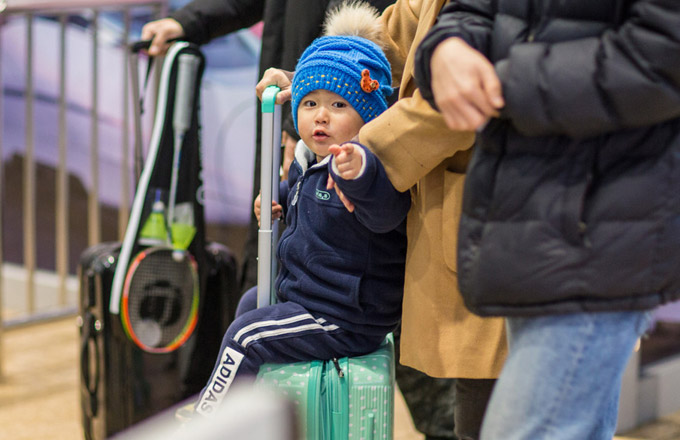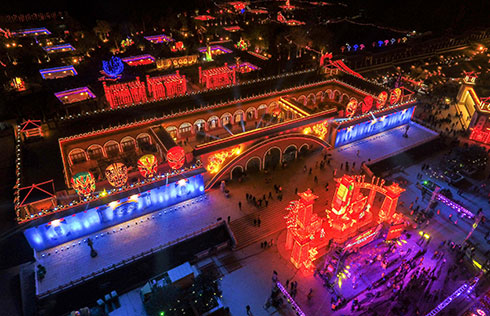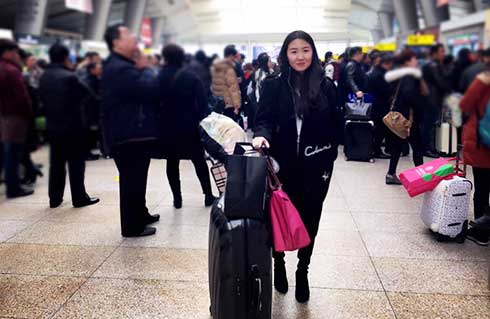Beijing's subway is going full bore
|
|
Two more new lines will connect with the massive matrix of Beijing subway construction projects in 2017, adding to the 20 projects already in progress, officials announced on Wednesday.
The two lines - Line 28 and the Yanfang Branch Line - will mark the start of construction of all the lines that have been approved in the current master plan, said Yang Guangwu, chief engineer of Beijing Major Projects Construction Headquarters Office, coordinator of Beijing's subway construction.
Line 28, also known as the CBD Line, will run through eight stations under Beijing's central business district as well as the Beijing East Railway Station in Chaoyang district. Planners expect the line to relieve congestion in the area.
In light of the expected crowds, officials are considering expanding the capacity of the line by upgrading the line from a proposed small-scale Automatic People Mover system to a standard subway line, according to Beijing Daily.
The Yanfang Branch Line connects Zhoukoudian, the site of the Peking Man Relics Site, to the city-center bound Yanfang Main Line, which is expected to open in 2017. Both new lines are expected to open no later than 2021.
The Yanfang Line will be the first Chinese-made auto-operating subway line, and is expected to be operational in 2017.
"The automated operation will greatly ease the workload for drivers, thus bringing more safety as well as flexibility for scheduling," Yang said. "It also reduces errors made by manual driving." He added that the technology would also be applied to some of the lines now under construction.
The other two lines scheduled to open in 2017 are the Western Suburban Line, a tram that travels the scenic northwestern suburbs of Beijing, and the S1 Line, the first Maglev railway transit in Beijing, which Yang described as "safer and with better ability to climb hills".
With these three lines in their final stretch of construction and testing, five more lines and extensions began construction in 2016. Among them are Line 3, which has been on the drawing board for more than 50 years, as well as the line that will link to Beijing's new airport.
This brings the number of ongoing projects in 2017 to 20, with a total length of more than 350 kilometers, or about 60 percent of the length of subways already in operation. According to officials, 2017 is the biggest year of construction in the history of Beijing subway construction.
With 574 kilometers in operation, the Beijing subway is already one of the biggest urban railway transit systems worldwide, serving 11 million passengers daily. Officials said that by the time all these ongoing projects and their approved extensions are finished in the next few years, the total length will reach 999 kilometers, serving 18.5 million passengers daily.
More humanistic designs are also included in the new projects. "We are trying to consider the details," Yang said. "For example, we've increased the number of stalls in female bathrooms compared with male bathrooms, and we use more elevators."





















